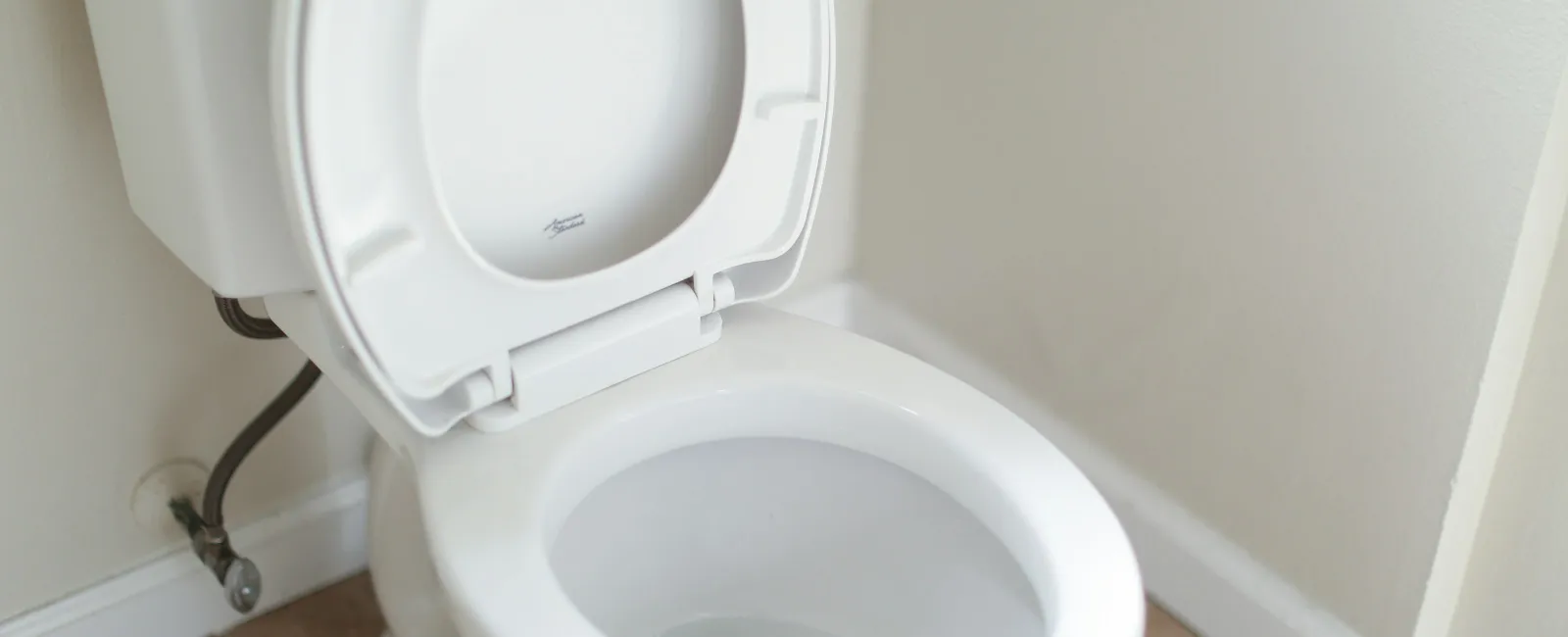Few components in bathroom plumbing are as essential yet overlooked as the toilet flange. This unassuming hardware ensures your bathroom functions properly and stays leak-free. Whether you're a homeowner curious about your plumbing or a DIY enthusiast planning a renovation, understanding toilet flanges is critical to maintaining a well-functioning bathroom.
What Is a Toilet Flange?
A toilet flange, also known as a closet flange, is a critical connection between your toilet and the drain pipe. Typically made of PVC, cast iron, or brass, this circular fitting is the foundation upon which your toilet rests. Its primary functions include securing the toilet to the floor, creating a watertight seal, and ensuring proper alignment with the drain system.
The importance of a properly installed and maintained toilet flange cannot be overstated. It prevents leaks, unpleasant odors, and potential water damage to your bathroom floor. Think of it as the unsung hero of your bathroom, working tirelessly behind the scenes to keep everything in order.
Types of Toilet Flanges
Toilet flanges come in various materials and designs to suit different plumbing setups and bathroom configurations. The most common types include:
PVC Flanges
PVC flanges are lightweight and corrosion-resistant, making them popular in modern homes. They're easy to install and work well with PVC drain pipes, making them a favorite among plumbers and DIY enthusiasts.
Cast Iron Flanges
Cast iron flanges, often found in older homes, are known for their durability and longevity. While heavier and more challenging to work with than PVC, they can last for decades when properly maintained.
Brass Flanges
Brass flanges are a premium option prized for their strength and resistance to corrosion. They're often used in high-end installations or areas requiring extra durability.
Stainless Steel Repair Flanges
These flanges are designed to fit over damaged flanges, offering a quick solution without extensive plumbing work. They're handy for addressing minor damage or wear.
Adjustable Flanges
Ideal for situations where precise height adjustment is necessary, these flanges allow for fine-tuning to ensure a perfect fit with your toilet and flooring.
Choosing the right flange type depends on your plumbing setup, home age, and budget. Consulting with a professional plumber can help you make the best choice for your bathroom.
The Installation Process
While installing a toilet flange is a task experienced DIYers can tackle, it's crucial to approach it carefully and precisely. The process typically involves:
- Measuring and preparing the area
- Removing any old flange or debris
- Positioning and securing the new flange
- Applying sealant to ensure a watertight connection
- Installing the toilet on top of the new flange
Proper installation is critical for preventing leaks and ensuring your toilet functions correctly. If you're unsure about your ability to install a flange correctly, it's best to consult a professional plumber. Professional installation costs are often far less than water damage from an improperly installed flange.
Common Toilet Flange Issues and Solutions
Even well-installed flanges can face issues over time. Some common problems include:
Leaks
Water pooling around the base of your toilet often indicates a problem with the flange or its seal. A damaged flange, worn-out wax ring, or loose bolts can cause toilet leaks.
Solution: Inspect the flange for damage and replace if necessary. Always use a new wax ring when reinstalling the toilet, and ensure all bolts are correctly tightened.
Rocking Toilet
A wobbly toilet is more than just an annoyance; it's a sign that the flange may be damaged or incorrectly installed.
Solution: Check the flange for damage and, if necessary, use toilet shims to stabilize the toilet. Sometimes, you may need to replace the flange or repair the subfloor.
Cracks or Breaks
Over time, flanges can develop cracks or breaks, especially in older homes or those with cast iron plumbing.
Solution: Replace the damaged flange with a new one. If the damage is minor, a repair flange might be sufficient.
Improper Height
If a flange is installed too high or too low relative to the finished floor, it can cause toilet installation and functionality issues.
Solution: Use an adjustable flange or spacers to achieve the correct height. Sometimes, you may need to adjust the subfloor or use a thicker wax ring.
Maintenance and Care
Proper maintenance of your toilet flange can prevent many common issues and extend its lifespan. Here are some tips:
- Conduct regular visual inspections for signs of leaks or damage
- Clean the area around the flange when replacing your toilet
- Always use a new wax ring when reinstalling a toilet
- Address any issues promptly to prevent more significant problems
Remember, preventive maintenance is critical to avoiding costly repairs down the line.
Innovations in Toilet Plumbing
The world of toilet flanges is not immune to technological advancements. New materials and designs are constantly being developed to improve durability, ease of installation, and overall performance. Some modern flanges feature:
- Composite materials that offer increased strength and resistance to corrosion
- Built-in leak detection systems
- Improved sealing technologies that provide better protection against leaks
- Eco-friendly options made from recycled materials
These innovations make toilet installation and maintenance more accessible and efficient, benefiting homeowners and plumbing professionals.
Conclusion
Understanding the role and importance of toilet flanges is crucial for maintaining a well-functioning bathroom. Whether dealing with a leaky toilet, planning a bathroom renovation, or simply curious about your home's plumbing, knowledge about this essential component can save you time, money, and potential headaches.
While experienced DIYers can address some toilet flange issues, don't hesitate to consult Dalmatian Plumbing for complex problems or if you're unsure about tackling the job yourself. Remember, a properly installed and maintained toilet flange is critical to a leak-free, odor-free, and stable toilet.


